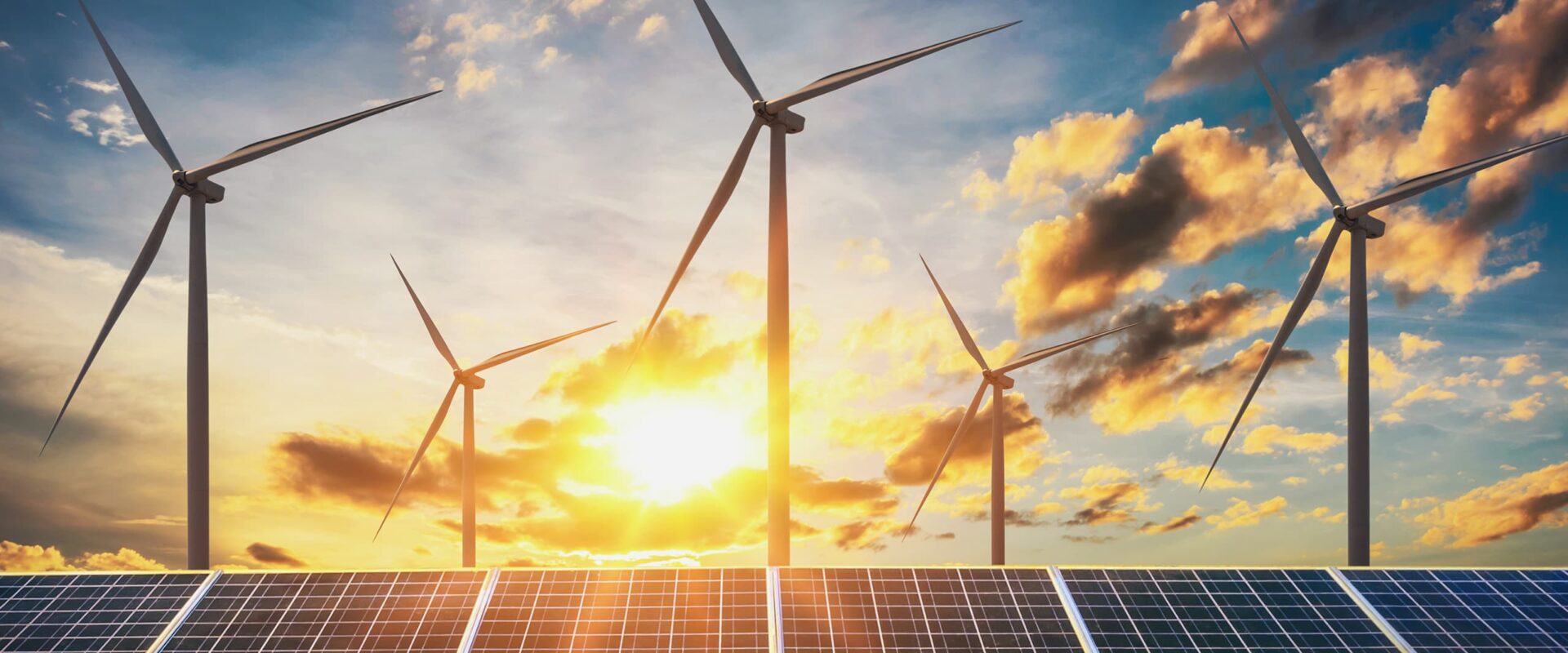Empowering Rural Communities: Renewable Energy for the Future
India is mainly a rural country. About 70% of the 1.2 billion people live in more than 600,000 villages. However, there is a biased equation regarding the proportion of rural population in GDP. Indeed, even 70% of rural people are steadily declining their contribution to agriculture, which is the centre of their profitable and productive economic activities. As agriculture’s contribution to GDP diminished, there were corresponding consequences such as increased unemployment in rural areas and migration to urban areas. One of the ambitious goals of the development process was to improve the status of local public institutions.
The world must rely on clean and sustainable energy, as fossil fuels contribute to climate change and environmental degradation and are likely to be depleted by 2050. For this reason, Sustainable Development Goal 7 sets many important goals, including increasing the proportion of renewable energy in human energy consumption and doubling the global rate of improvement in energy efficiency.
Rural areas are particularly disadvantageous in terms of energy. They are often off-the-grid, and their remoteness makes it costly to expand the infrastructure to power them. Without energy, smallholders and local SMEs face obstacles in connecting to markets and modern value chains that enable them to adopt new technologies, grow their businesses and improve their lives.
The expansion of renewable energy has many advantages for rural areas. Off-the-grid renewable energy sources such as wind and solar can provide cheaper and cleaner electricity than grid connections. Given that nearly 40% of India’s 1.2 billion people have little real hope of accessing the grid in the near future, renewable energy channels to power rural India has great potential. Renewable routes also provide new means of job creation, as the tasks of operating and maintaining these assets can only be effectively performed by locally trained personnel. As self-help groups become more widespread in rural landscapes, there is considerable room for expanding power generation and maintenance activities in this indigenous group network.
Innovation requires more than technology. The second edition deals with related legal issues. New technologies have the potential to challenge strategies designed for the traditional energy sector. Obstacles to development, especially in rural areas, can include gender issues such as lack of clear land policies, inadequate real estate laws, and barriers to women’s exercise of property rights. Tax laws and regulatory measures need to be adapted as needed.
However, removing the legal obstacles to the use of renewable energy is not enough. You also need a proactive legal strategy. To make renewable energy available to local communities, it is necessary to set standards for renewable energy, set feed-in tariffs, and promote access to the national grid.
Developing countries are making progress. Within a year, China and India have almost doubled their installed PV capacity. India is prioritizing the development of 60 “solar cities” using a national approach to eliminate the turmoil caused by multiple federal and state policies and facilitate investment.
Achieving the SDG7 is not easy. Affordable, reliable and universal access to the latest energy by 2030 will reach 135 million people annually and 60% of electricity will come from new off-the-grid local energy sources.

